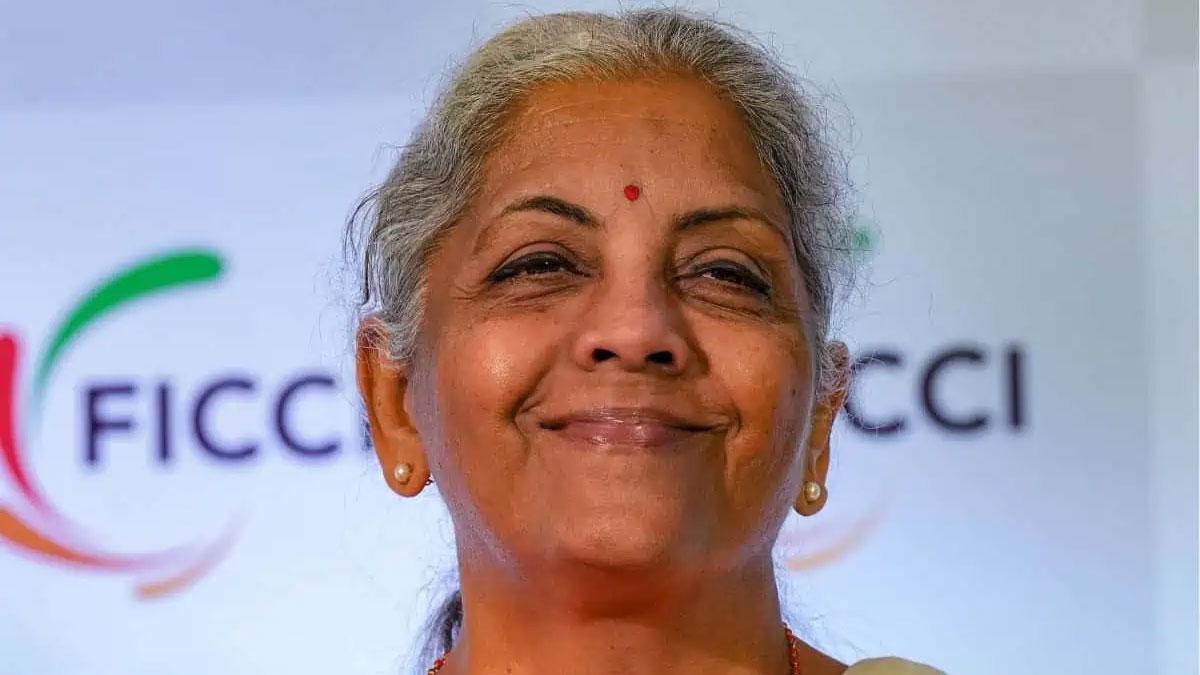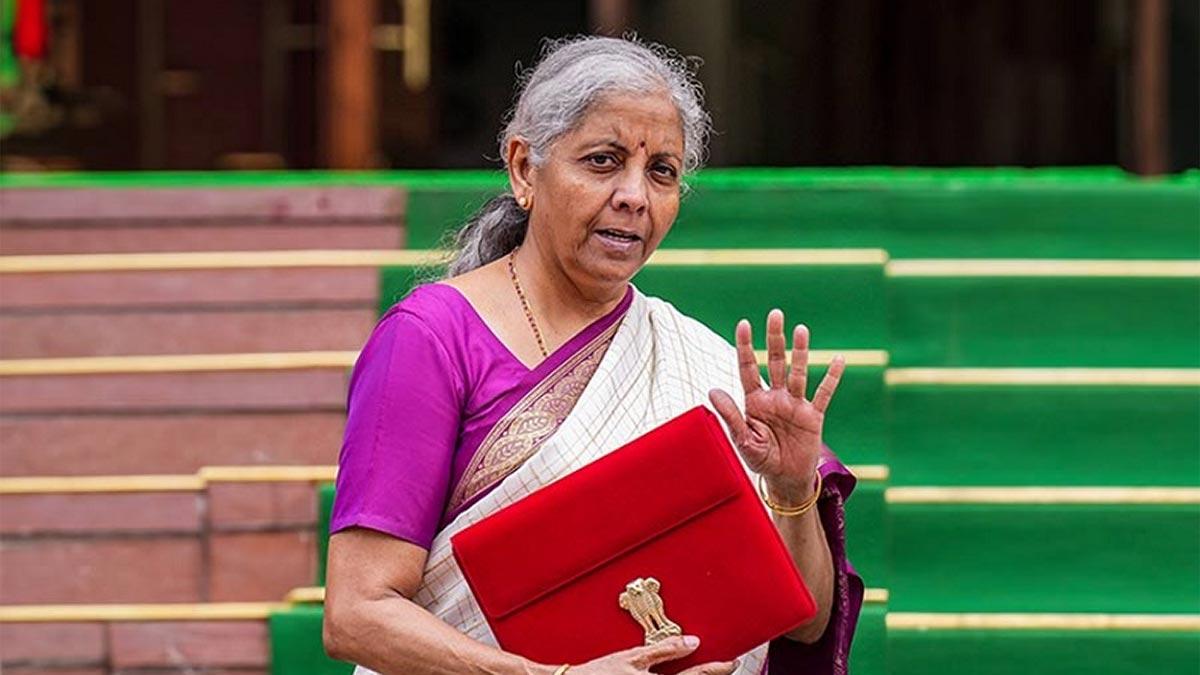The Finance Minister of India, Nirmala Sitharaman, underlined the financial stability of India and said that India stands at a difference globally as the country with the most favorable ratio of government debt to GDP. She further said that India is the third least indebted nation among the group of low- and middle-income countries (LMICs) and has a debt-to-GDP ratio of 81 percent in 2022.
This is very low compared to countries such as Japan, Italy, the USA, France, and the UK. These countries have much higher levels of debt. Besides, Sitharaman pointed out that the growing concern about the rising sovereign default risks in the world, where almost 60 countries were at high debt levels by 2022, from 22 in 2011.
Commenting on India's financial position, Sitharaman explained the strength of India's external debt. She said that India stands as the 3rd least indebted LMIC when measured in the ratio of total external debt to Gross National Income (GNI). She further explained that in the ratio of total external debt to exports, India stands as the 5th least indebted among LMICs.
Sitharaman also pointed out that India has an advantageous position in the ratio of short-term debt in total external debt, which is only 18.7 per cent, lower than that of several other LMICs. A lower proportion is better because there will be less immediate pressure on repayment.
Speaking of central government debt, Sitharaman emphasized that it is denominated predominantly in rupees, which makes it less vulnerable to exchange rate volatility. She said external borrowings formed a less than 5 per cent share of total debt, which makes things much better.
Moreover, domestically issued debt, mainly through government securities, of the central government enjoys a weighted average maturity of about 12 years. This shows low rollover risk and ensures sustainability.
Underlining India's government external debt as a percentage of GDP in 2020, Sitharaman compared it with other countries and showed that India is well-placed.
Sitharaman blamed the earlier Congress-led UPA government for India's external vulnerability, saying the country had been made vulnerable due to its over-dependence on External Commercial Borrowings. She contrasted the fiscal approach of the UPA with what she said were transparent, strategic, and transformative investments under the leadership of PM Modi, underlining a legacy of growth, transparency, and responsibility.
Read also | Tata Motors Shares Plummet by Over 9%, Market Cap Shrinks by Rs 29,946.88 Cr
Read also | Zomato's Decision to Relinquish RBI License for Online Payment Aggregator Operations


















